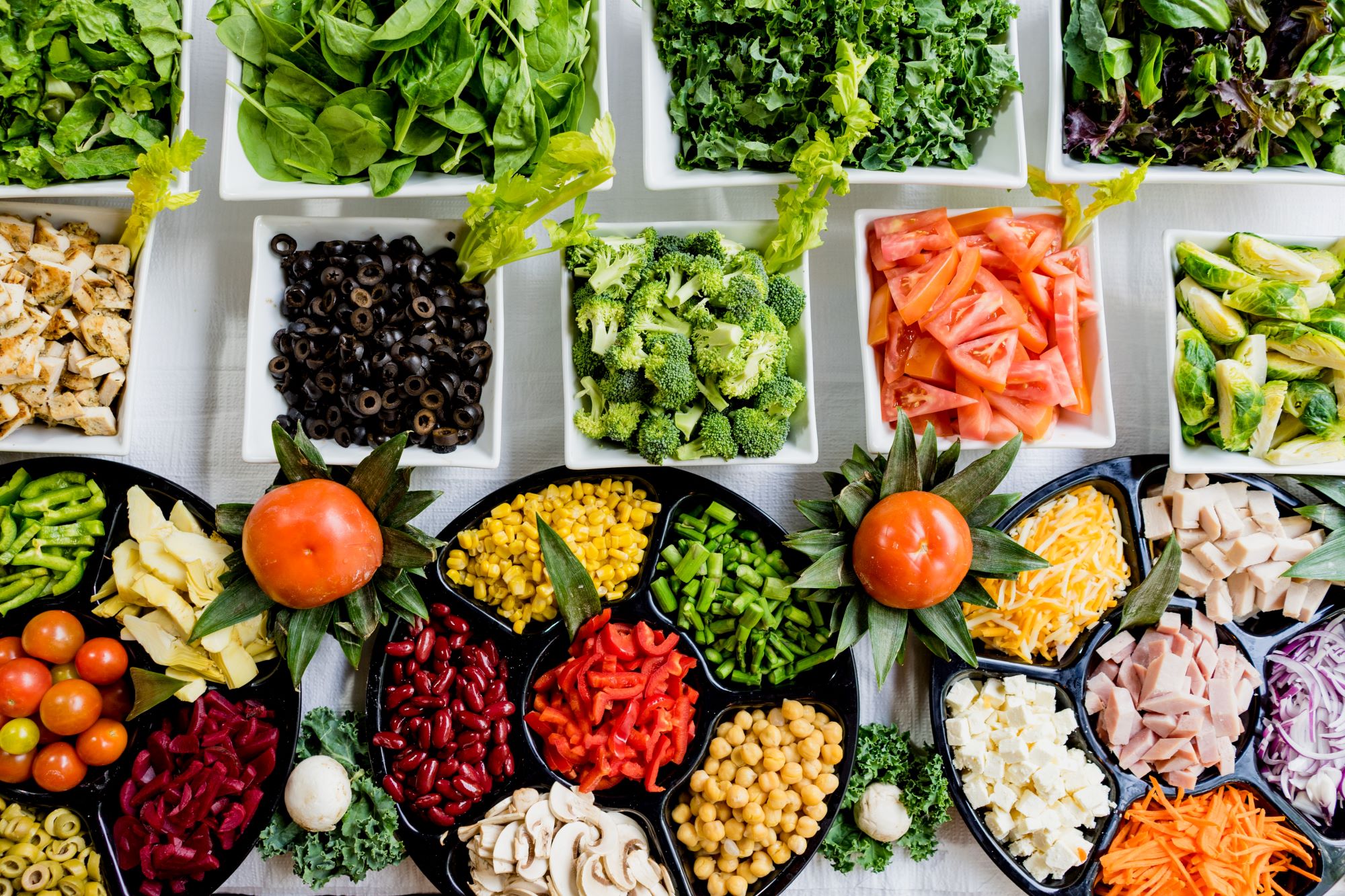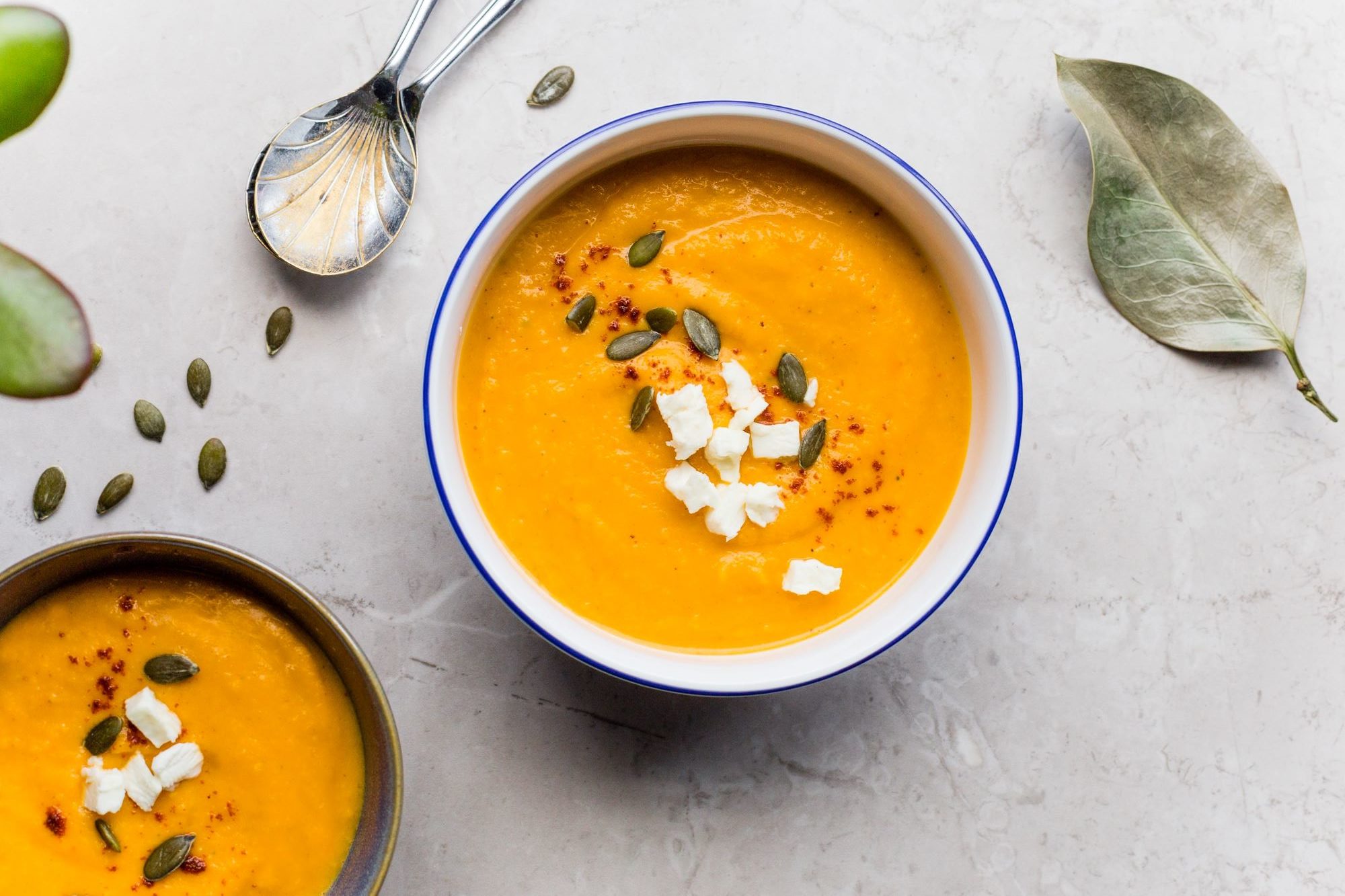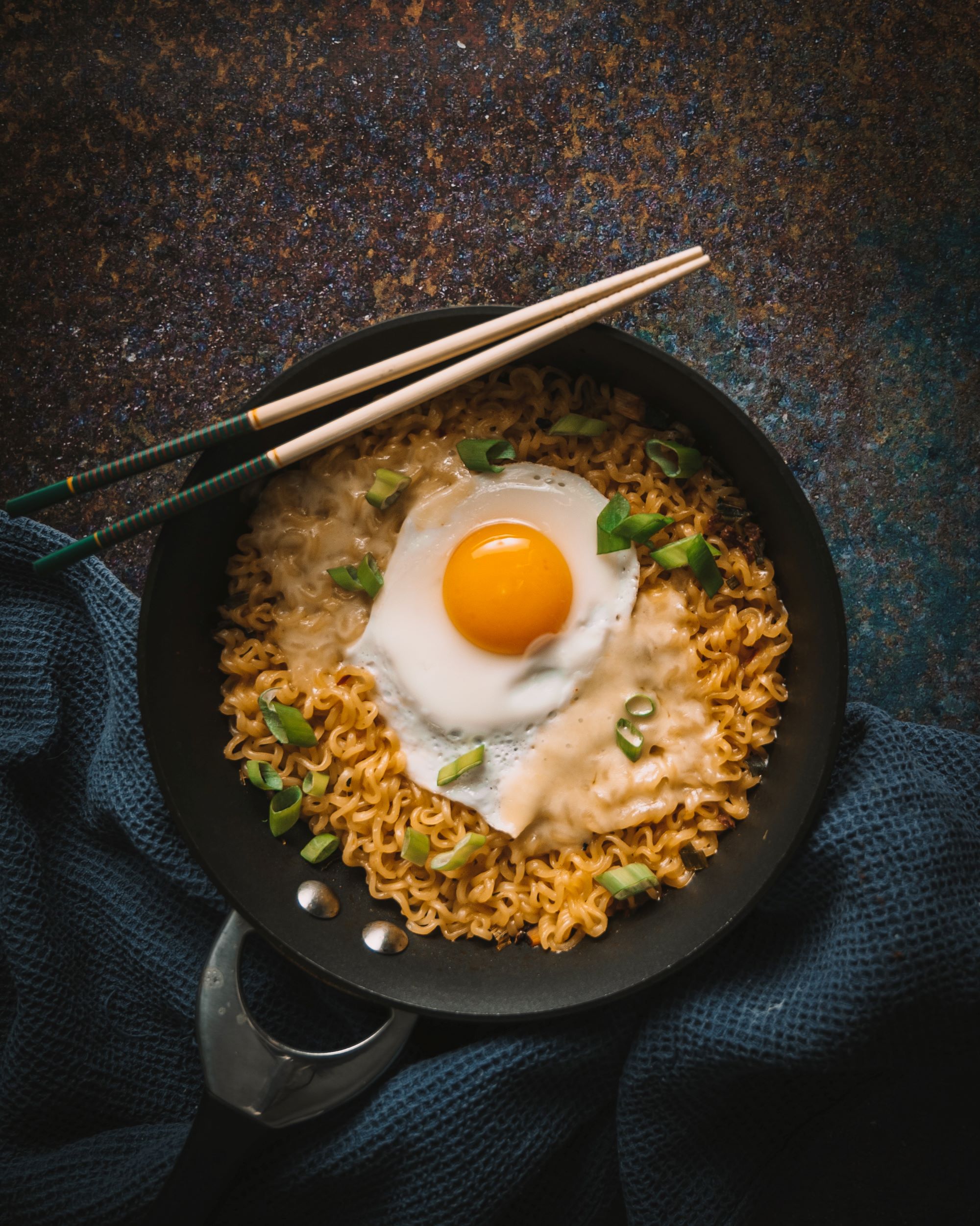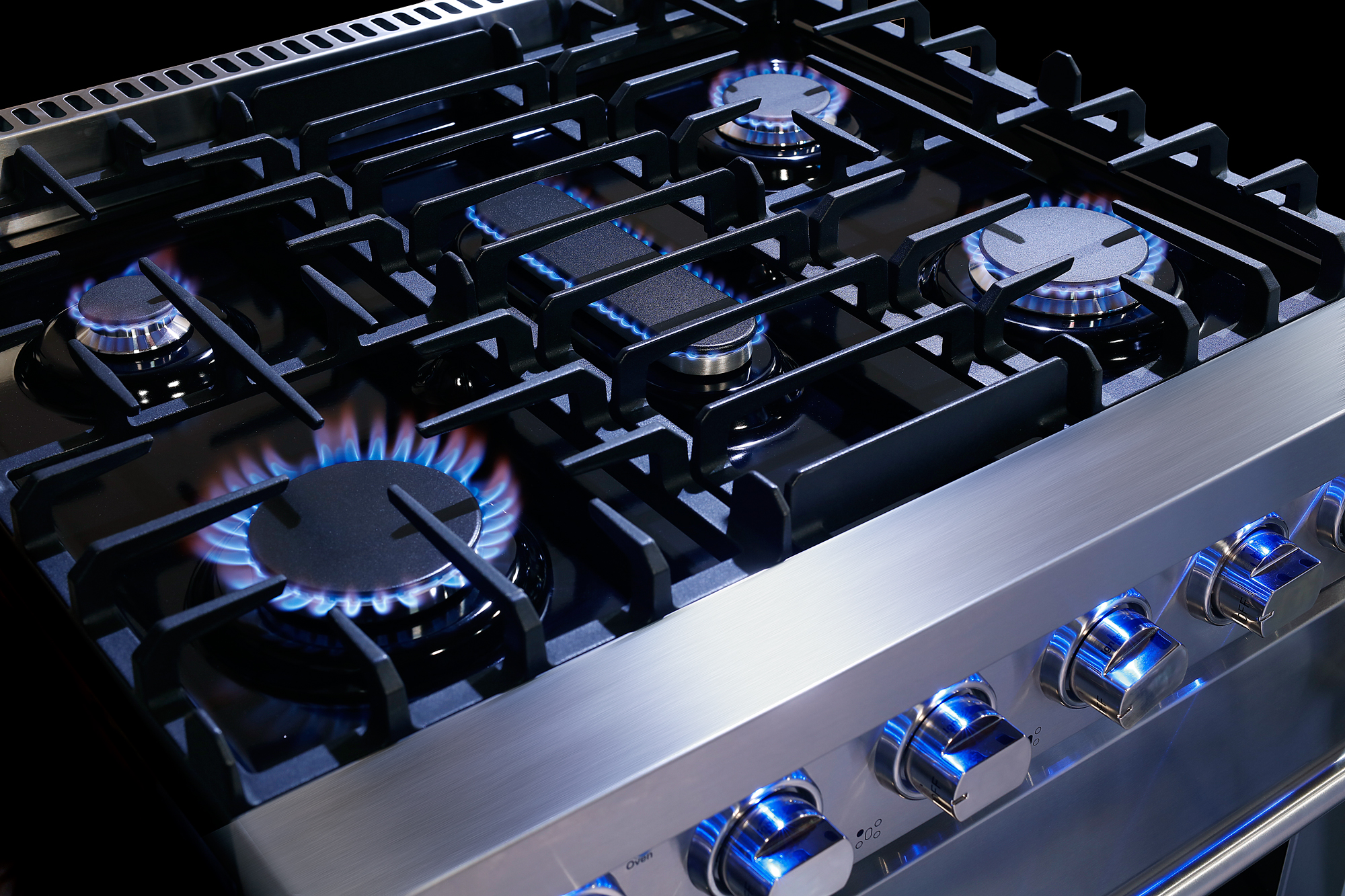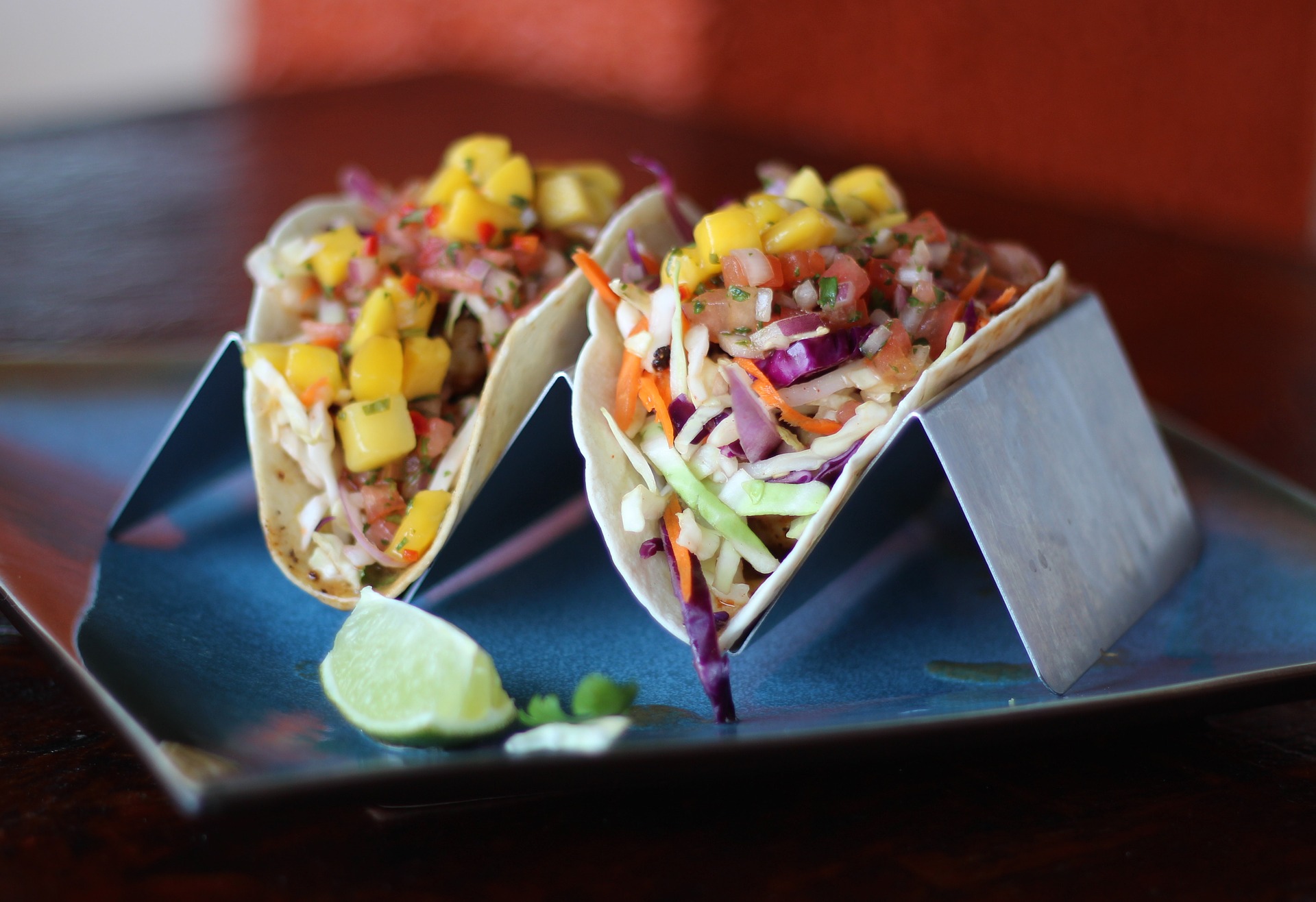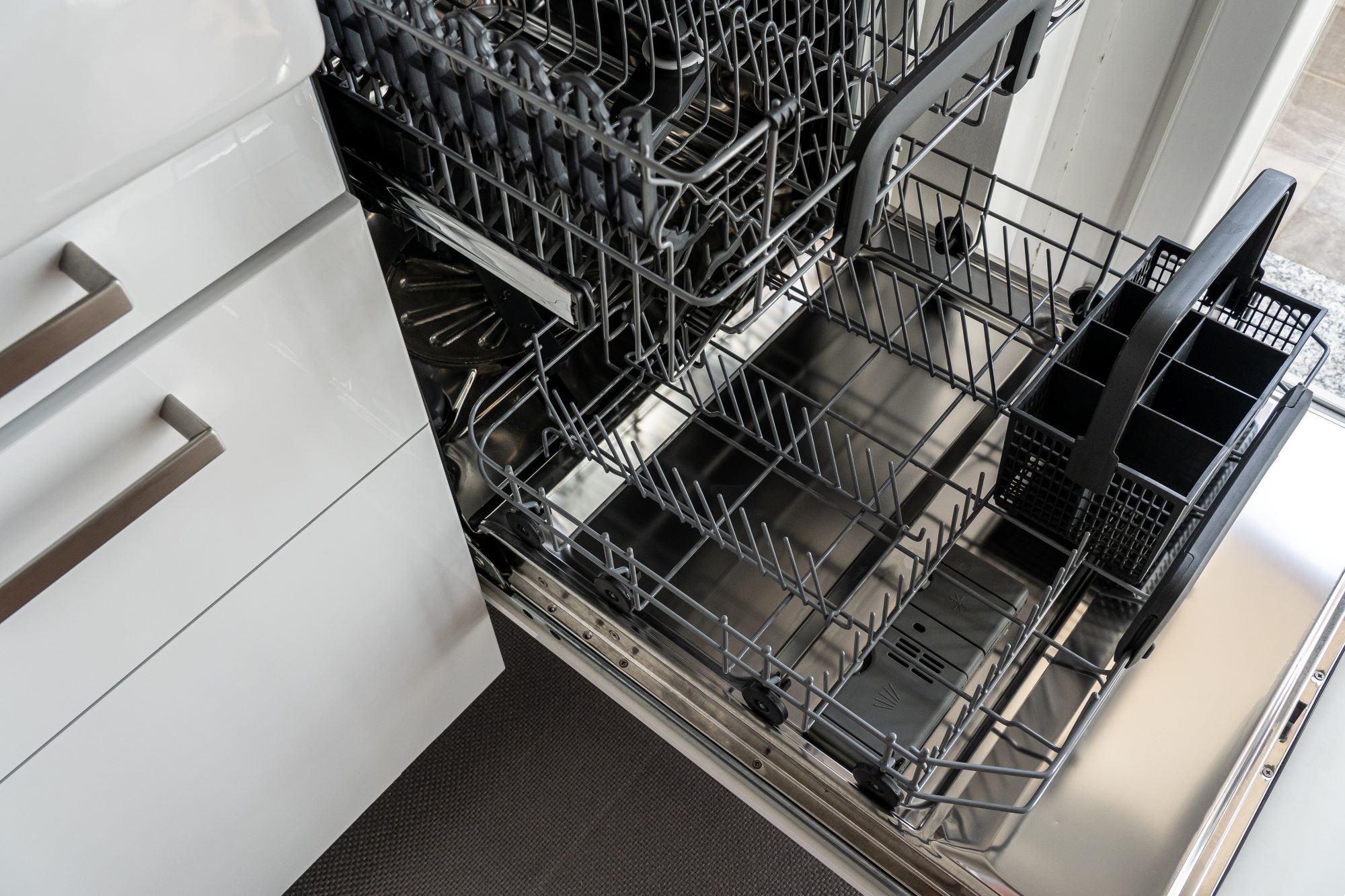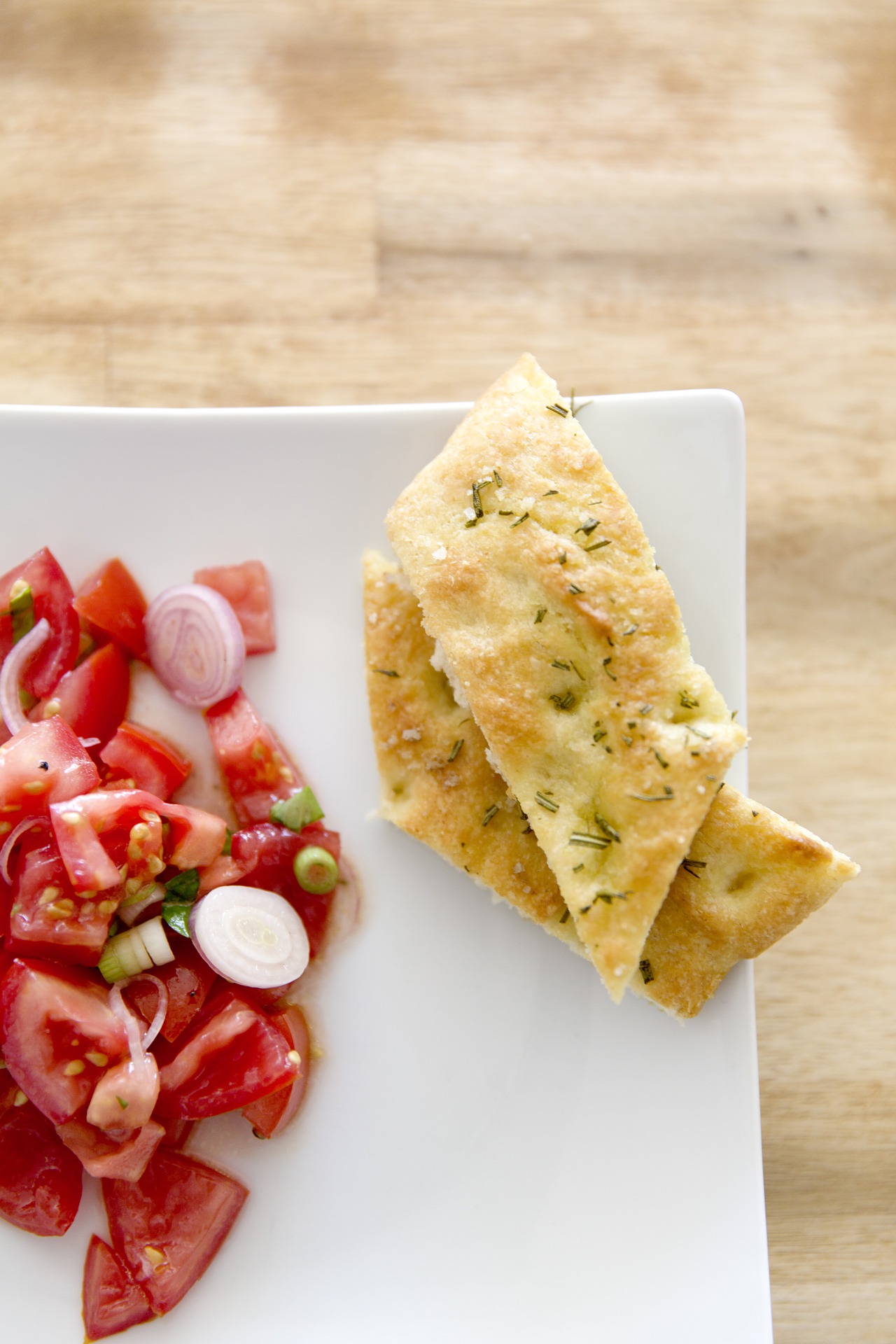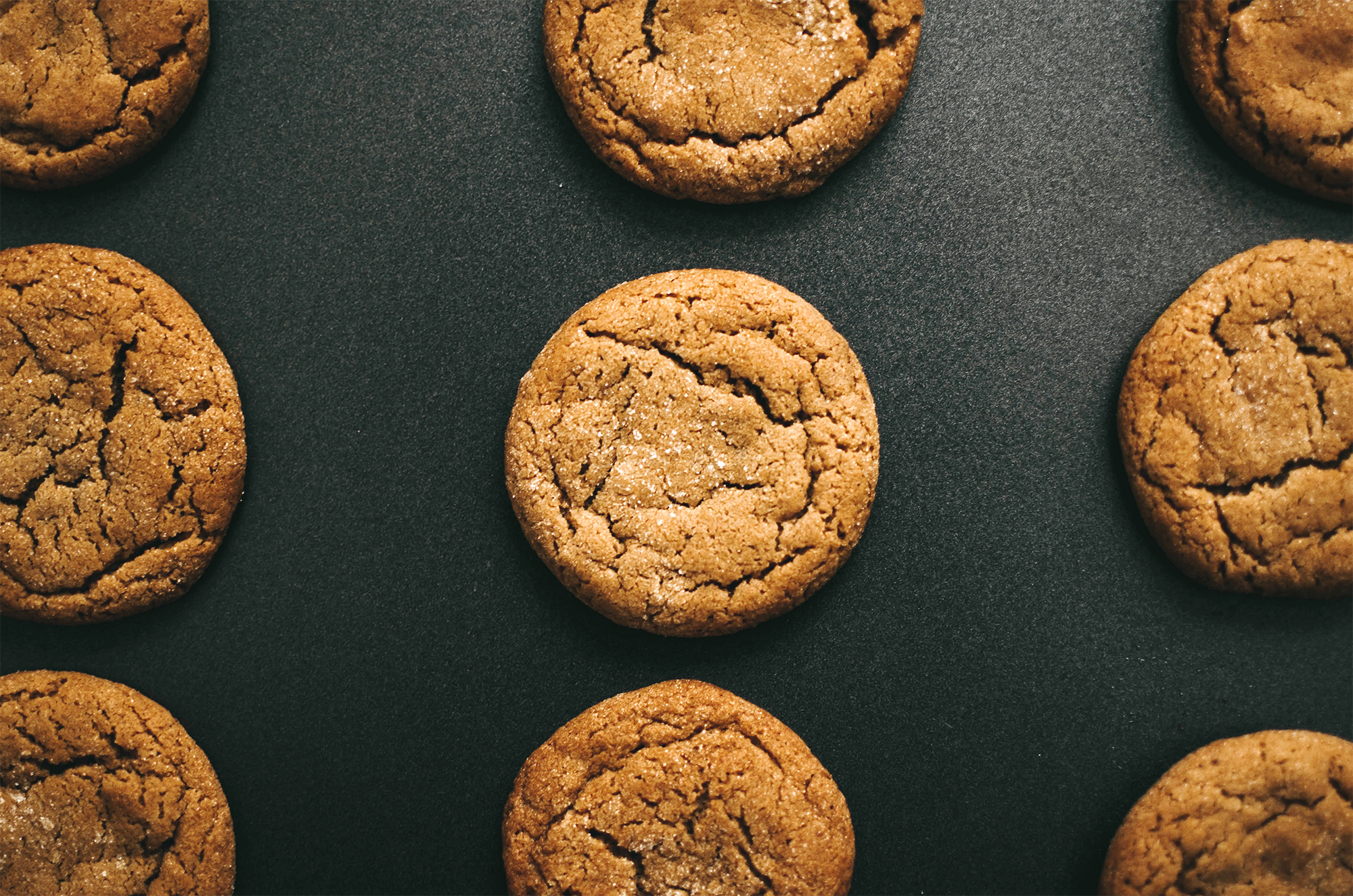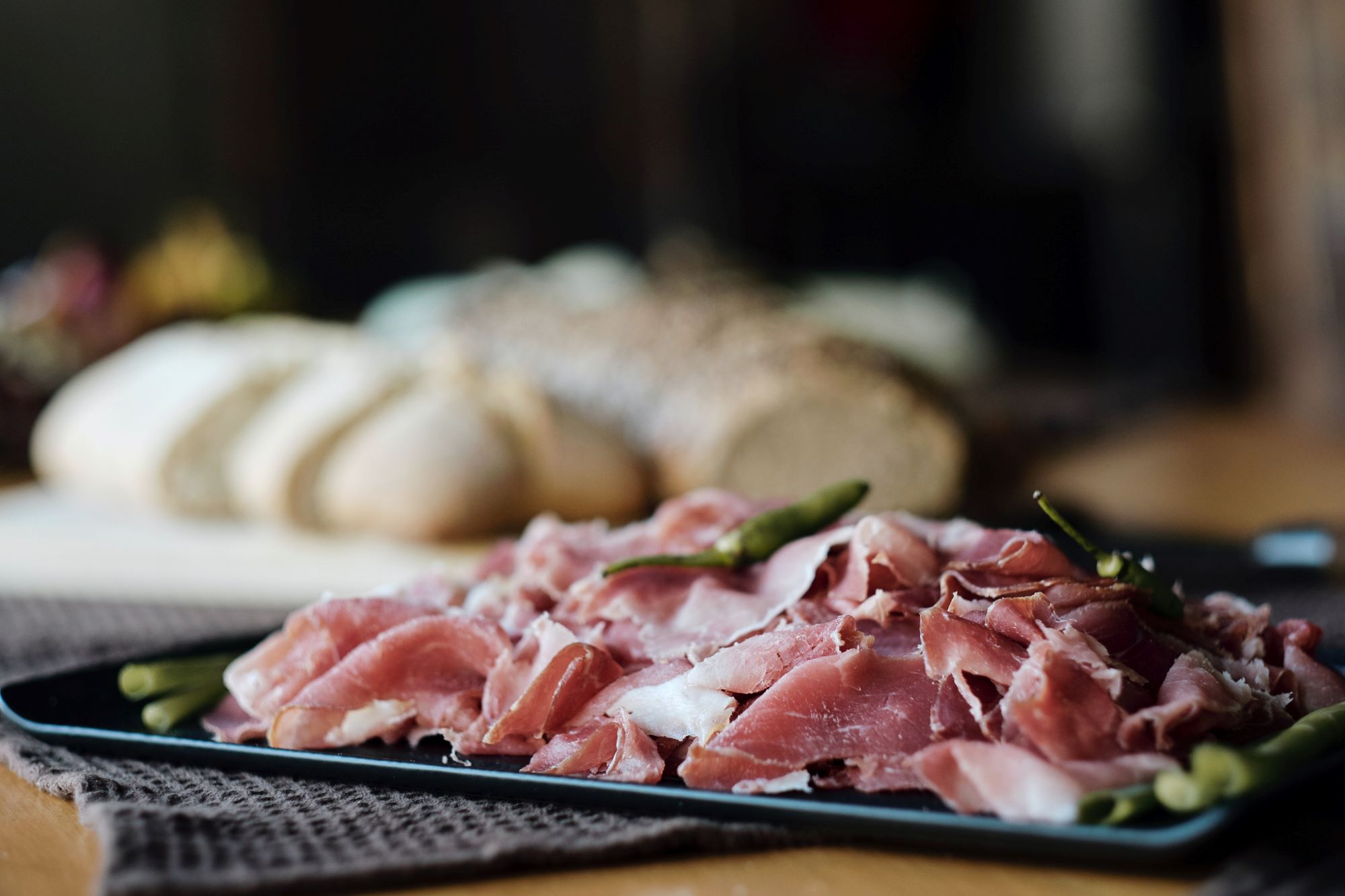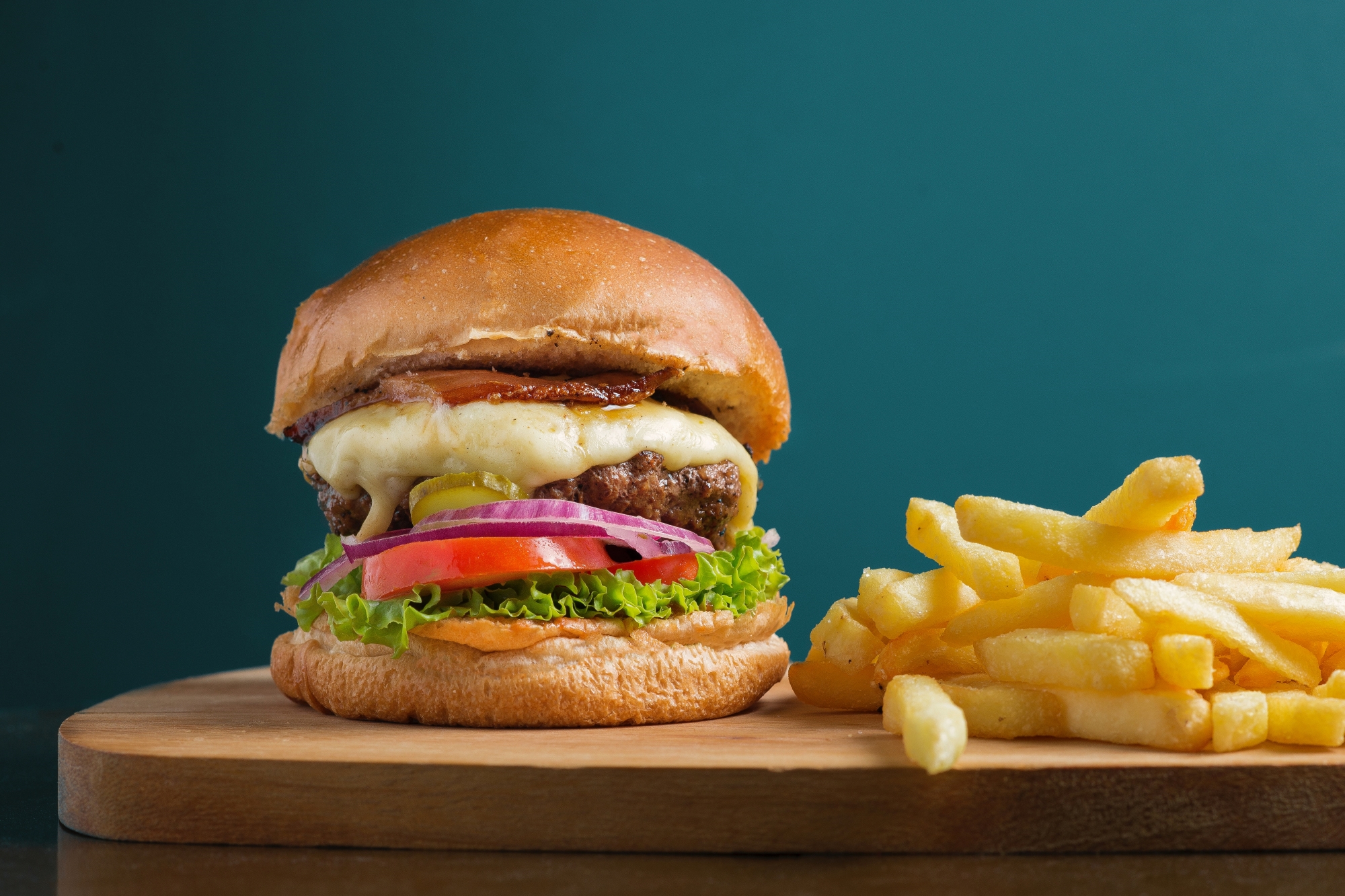6 Ways to Reduce Food Waste
Wasting food is one of the fastest ways to lose money while also negatively impacting the environment. Before going out on your next grocery store run, read up on these 6 ways to help reduce food waste in your kitchen. Look at Your Fridge This may seem obvious, but take a look at your pantry and fridge before heading to the grocery store. Do a quick inventory count to see what you have and what you’re missing. This will help prevent purchasing unnecessary foods. You can also end up finding some ingredients that are easily turned into a meal, cutting back on the number of trips to the store. Make a List Meal prep can be an easy path to success. Planning out your meals for the week ensures your shopping list only has the ingredients you need. While you’re in the grocery store, don’t be tempted by advertisements or offers and only grab what you have on your list. Cut Back on Bulk Buying Buying in bulk may seem like a great deal, but it’s an easy way to overload your cart with things you don’t need. Even if a bag of avocados is a steal at a low price, you may not use them all up before they go bad. Buying in bulk is best for ingredients you are absolutely sure you’ll use up or will last a long time. Store Food Properly Food can go bad if it’s not properly stored to preserve freshness. Any extra fruits or veggies can be frozen or preserved to lengthen their flavor. You can freeze a loaf of bread and take out the slices a few hours before you need it. Make sure you store bananas, apples and tomatoes by themselves as these fruits emit natural gases that can spoil any produce around them. Wait to wash berries until you’re going to eat them to prevent mold. Organize Your Shelves Whenever you buy new food, bring all the older items in your pantry or fridge to the front. This will ensure older food won’t spoil and you can find ingredients that have gone bad. Cook Smarter If a recipe calls for half an onion, save the other half for a soup or stew. Save carrot tops and make a pesto instead of tossing them out. There’s great ways you can turn food you may think is waste into other delicious meals. Source: Good Housekeeping

